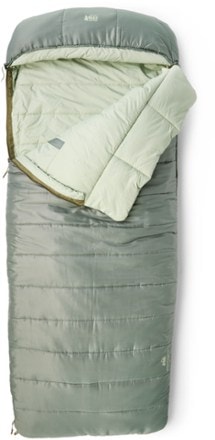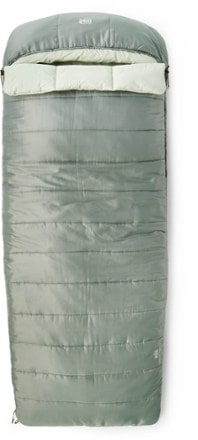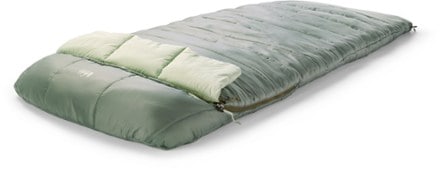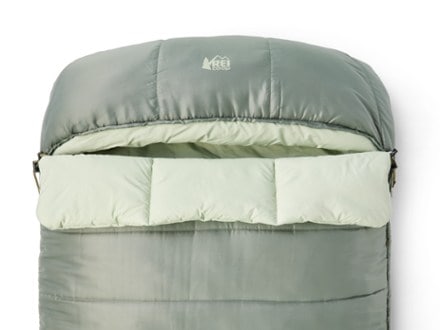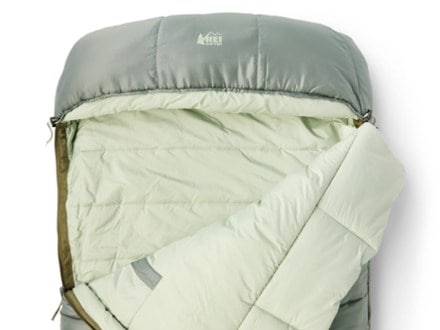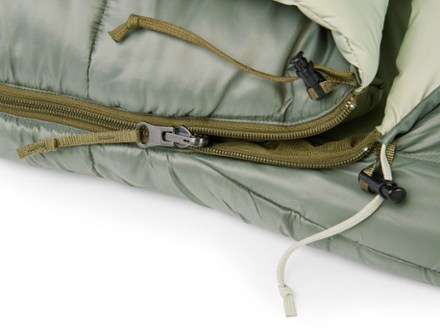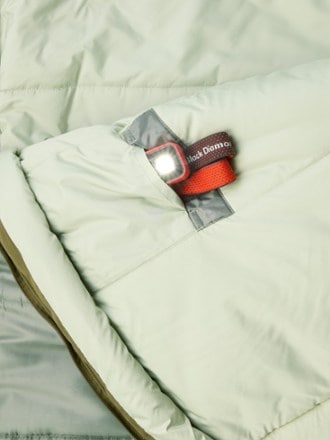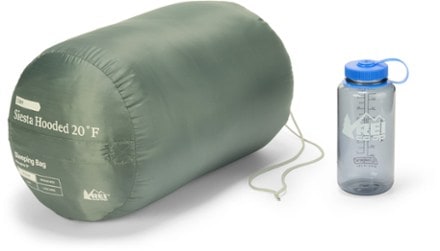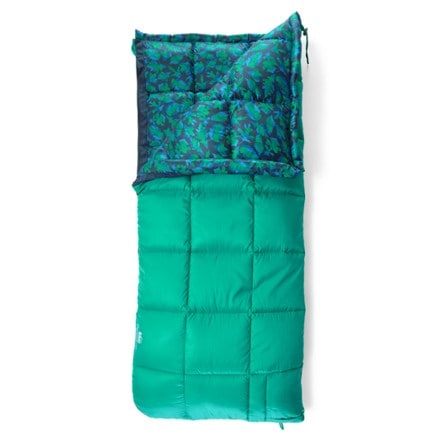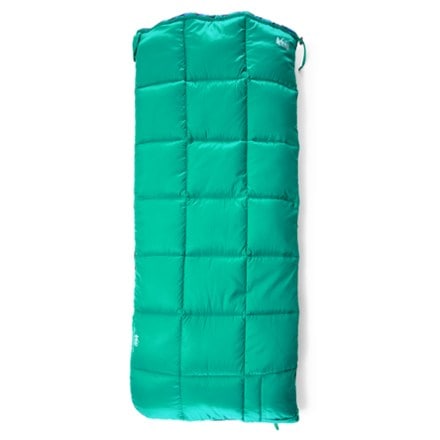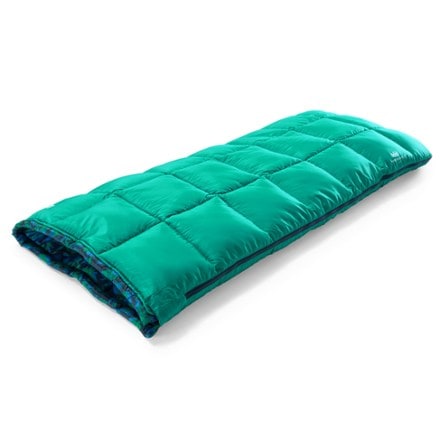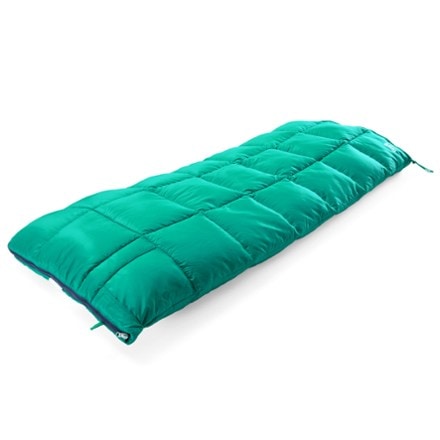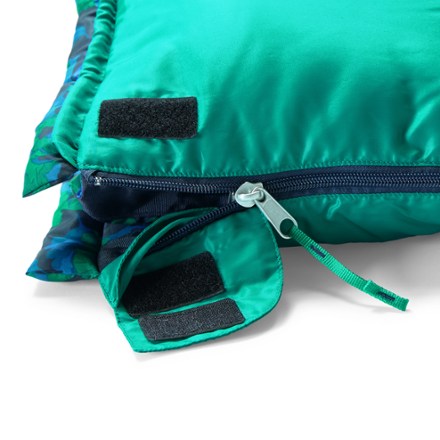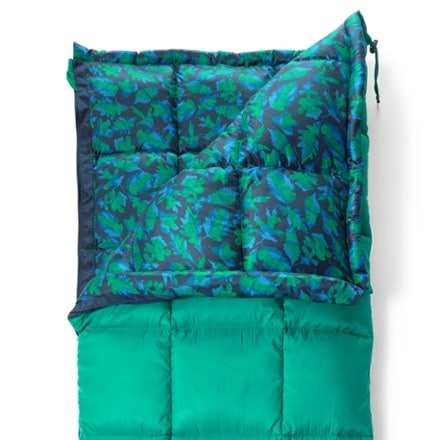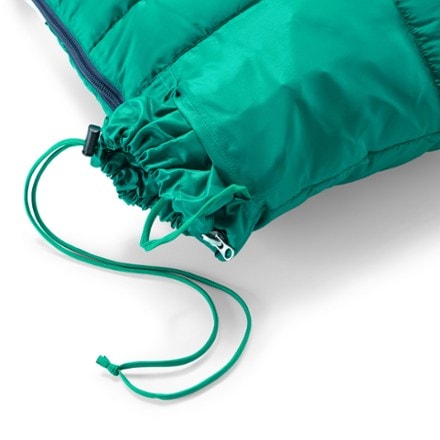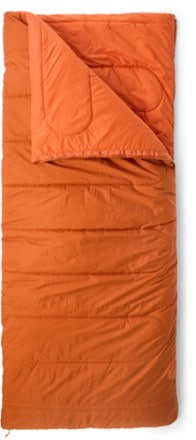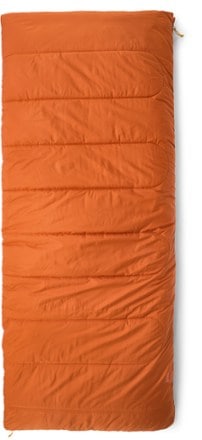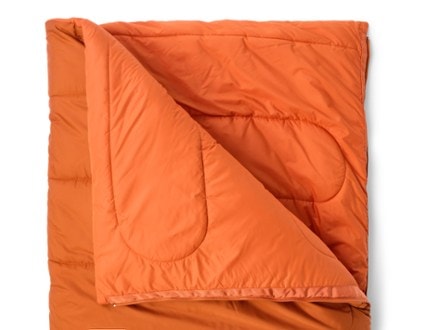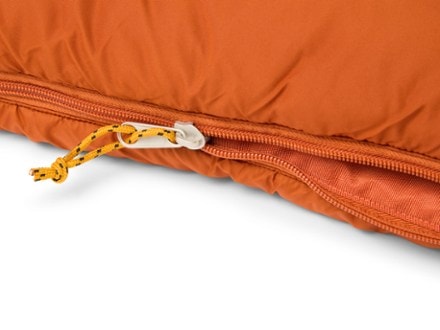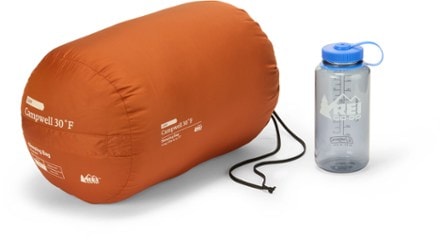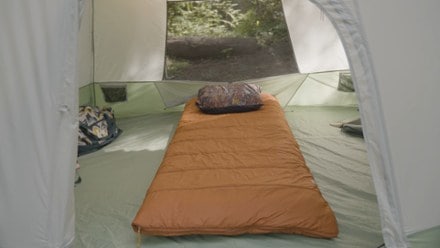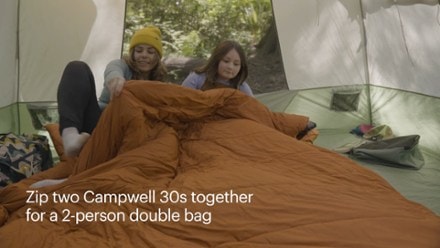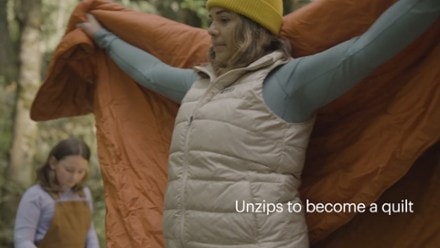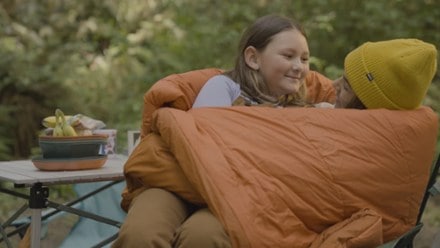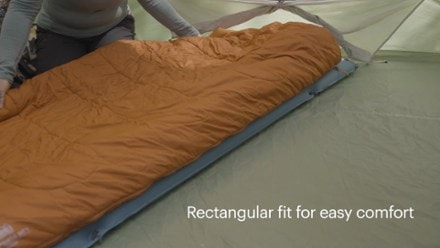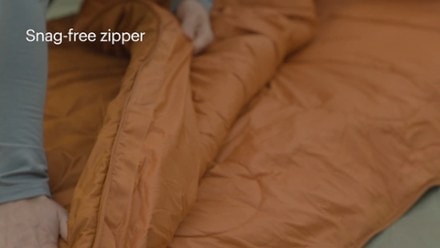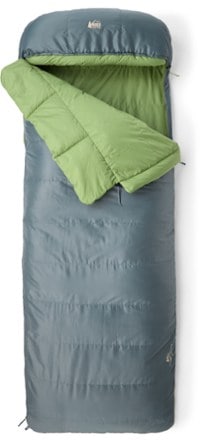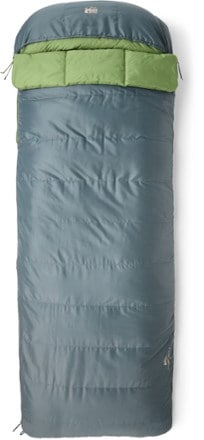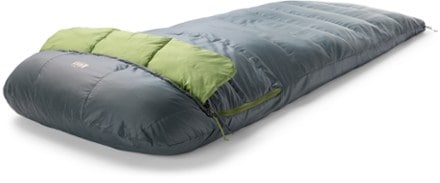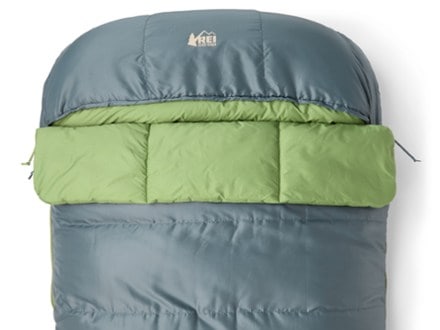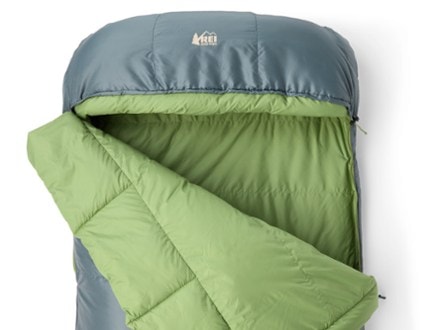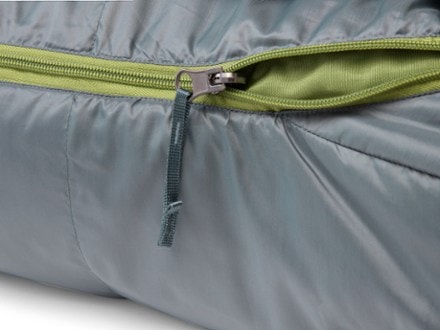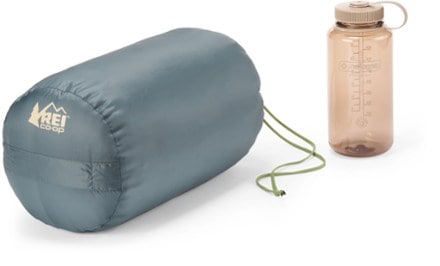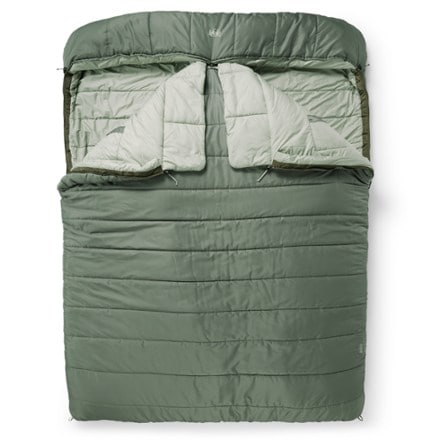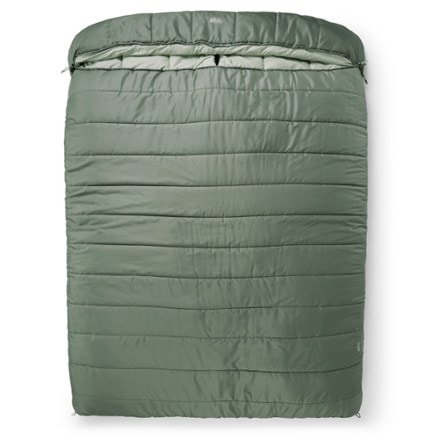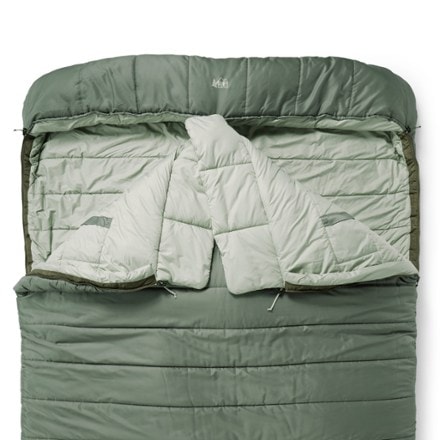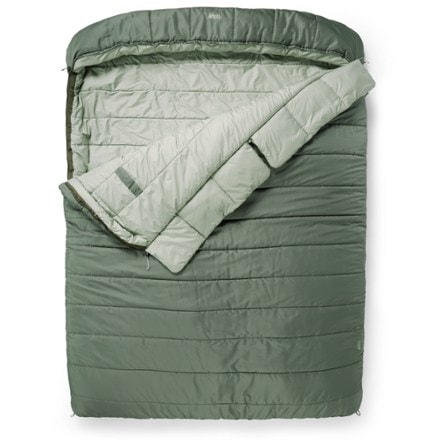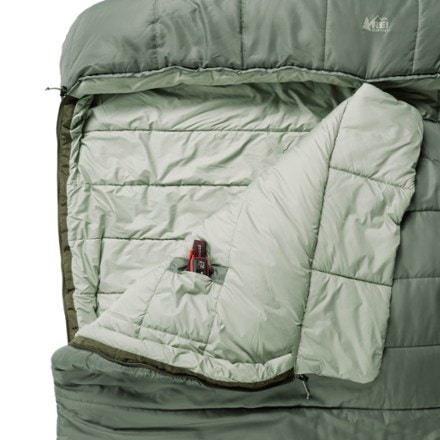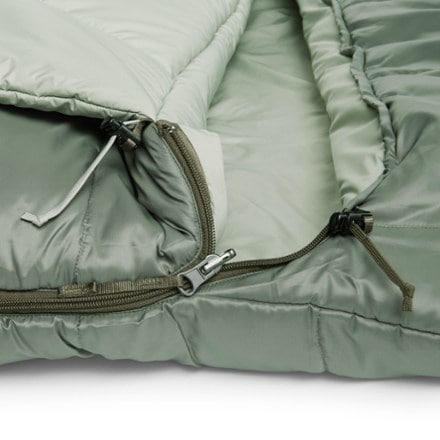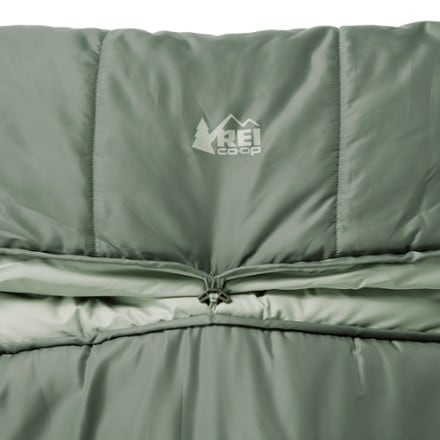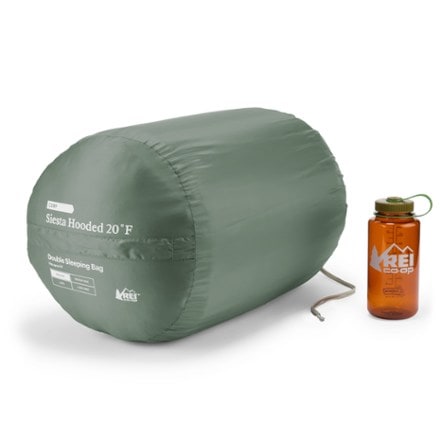REI Co-op Rectangular Camping and Hiking
(5 products)- Sleeping Gear (5)
- Sleeping Bags (5)
- 20 to 39 degrees (4)
- 40 degrees and above (1)
- Left (3)
- Right (1)
- Left/Right (1)
- bluesign (5)
- Climate Label Certified (5)
- Recycled Materials (5)
- Responsibly Sourced Down (1)
- 3 to 4.99 (3)
- 5 to 7.99 (2)
- 8 to 11.99 (1)
- $50.00 to $99.99 (2)
- $100.00 to $199.99 (2)
- $200.00 to $499.99 (1)
- Mummy (10)
- Rectangular (5)
- Top Rated (3)
- Water-Resistant Down (1)
- Camping (5)
- REI Co-opSiesta Hooded 20 Sleeping BagTop Rated$149.00(71)71 reviews with an average rating of 4.6 out of 5 stars
- REI Co-opKindercamp 40 Sleeping Bag - Kids'Top Rated$69.95(5)5 reviews with an average rating of 4.6 out of 5 stars
- REI Co-opCampwell 30 Sleeping BagTop Rated$99.95(8)8 reviews with an average rating of 4.6 out of 5 stars
- REI Co-opHunkerDown 20 Sleeping Bag$199.00(69)69 reviews with an average rating of 4.4 out of 5 stars
- REI Co-opSiesta Hooded 20 Double Sleeping Bag$249.00(41)41 reviews with an average rating of 4.3 out of 5 stars
Related Expert Advice articles
Read full article: The Best Sleeping Pads for Camping: Tested
How will you use the chair?
If you plan to take it backpacking, weight and packed size are key.
For car camping, picnicking, or sitting in your backyard, pick a premium chair that's bigger and as plush as you'd like.
Chairs for backpackers
Camp stools: the lightest and simplest option of all— light but with no back rest.
Two-legged chairs: Your feet act as the front feet of the chair, which saves weight and lets you rock a little.
Pick a camp chair style
Classic camp chair: has four legs, a straight back and a flat seat. Afforable, stable and typically high enough to sit down and stand up with ease.
Low chair: a chair with four short legs that’s good on uneven ground.
Suspended chair: a newer, more pricey style; sitter suspends from the chair frame.
Scoop chair: resembles a sling. Good compromise between lightness and comfort.
Other features to consider:
Price often reflects the quality of the frame and fabric material.
Pay attention to extras such as cup holders, footrests, head and lumbar pads.
Where will you use the pad?
Decide how you’ll use the pad. Weight and packability will matter more if you're backpacking than if you're car camping. If you're winter camping, pick an insulated pad with warmth (or a high R-value).
What are the different types of sleeping pads?
- Air pads. Pros: Comfortable, lightweight and packable. Cons: Generally more expensive. Can be punctured or ripped.
- Self-inflating pads. A combo of open-cell foam and air. Pros: Often quite warm. Made in a variety of thicknesses and styles. Cons: Heavier than a simple foam pad.
- Closed-cell foam pads. Pros: Cheapest option. Almost indestructible. Cons: Not super comfortable.
Decide on the warmth (R-value) you need
- Sleeping pads are rated by R-value; a higher number means more insulation.
- Match your choice to the season and weather.
- Pads with an R-value less than 2.0 are suitable for warm weather whereas those with an R-value 5.5 and greater are ideal for extreme-cold-weather.
What dimension do you need?
- Pads vary by weight, cushioning, length, width, ease of inflation and more. At a minimum, your shoulders and hips need to fit on a pad.
- Regular (typically 72 inches long) and long (typically 78-inch) pads will insulate your legs and feet.
- A short or 3/4-length pad (usually 47 or 48 inches) weighs less and packs smaller.
Read full article: How to Choose the Best Sleeping Pad for Camping and Backpacking
Read full article: The Best Budget Sleeping Pads of 2024: Tested
Read full article: The Best Budget Sleeping Bags of 2025: Tested
What size hammock is best for you?
A single hammock is lighter for backpacking, but less spacious. A double hammock allows two people to share or one person to spread out.
Look for a hammock that is at least 2 feet longer than your height. (This should be most hammocks, unless you’re really tall.)
In what kinds of conditions will you use your hammock?
Heavy-duty fabrics with a high denier count are more durable, while lower-denier models are more lightweight.
Underquilts (sold separately) offer the best insulation for hammock camping in cooler weather, compared to just using a sleeping pad. Rain tarps, hung above the hammock, are also an option to protect from the elements.
If you’d like a bug net, look for models with 360-degree protection and “no-see-um” netting.
Should you consider a hammock tent?
Compared to a traditional tent, a hammock tent requires no level ground for setup, has less impact on ground vegetation, is generally lighter and more compact, and cooler for summer camping.
Hammock tents won’t work without sturdy trees, are colder and less rainproof than a traditional tent, generally not a great option for more than one person to sleep, and have minimal interior storage.
